Choosing the Correct Rubber for Mining Applications
Why Pick Rubber Lining
There are many benefits to rubber lining your products which include wearing life, corrosion resistance, vibration dampening, and noise reduction. This is great for when alloy products keep wearing in the same spot. This generally leads to continuous welding in the same location. Instead of welding metal patches again and again rubber can be used to increase the wear life of the product.
Ceramic lining can be used to increase wear life and is generally better than rubber but has a few disadvantages. Ceramic is susceptible to cracking and falling out of place before wearing out. Lining in ceramic is much more expensive, and the tiles can fail due to insufficient grout between them.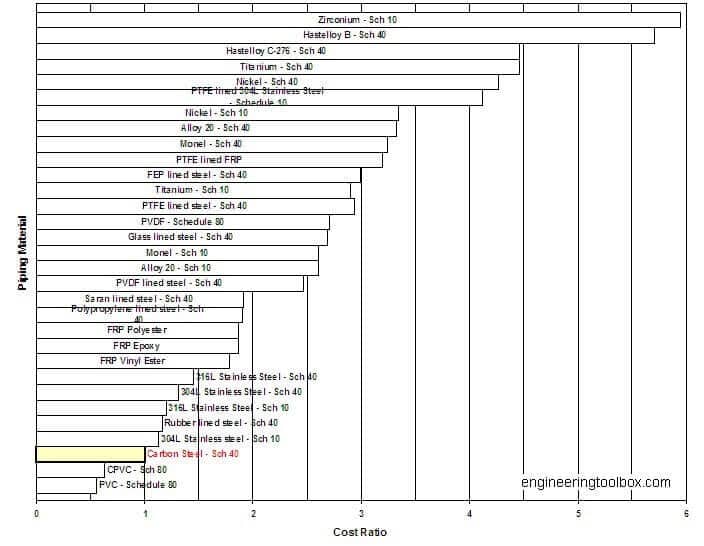
Selecting the Correct Rubber Type
There or several questions that must be answered before selecting the correct rubber hose type. These questions consist of solid types, wet/dry-percent solids, particle size, velocity (including how far particles drop). Temperature, chemicals, angle of impact, and UV exposure.
The better the customer can answer these questions to the supplier the easier it will be for them to suggest the correct rubber type. Popular rubber types are tan gum, neoprene, chlorobutyl, and SBR.
Rubber applications that can be lined are pipes, elbows, chutes, hoppers, tubs, launders, troughs, feeders, agitator blades, pulley lagging, distributors, and transition points.
Tan Gum Natural Rubber
This natural rubber is soft with a durometer range of 35-65. Tan gum’s unique properties are high abrasion resistance, tear resistance, flexibility, tensile strength, friction, and rebound. Unfortunately, this rubber is bad for UV aging, ozone resistance, oil, and gasoline.
Applications that tan gum is great for are fine sand slurries, sliding abrasion, wet applications, and temperatures ranging from -40°f to 160°f. Tan gum is great when custom pipes have unique bends and flanges.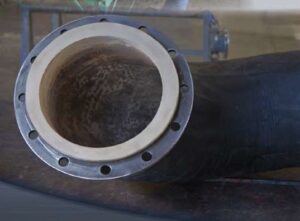
This rubber is not recommended for large particle sizes, sharp particles, oils, dry applications, UV exposure, and most hydrocarbons.
Neoprene
Neoprene/Chloroprene has an approximate durometer of 60 and is one of the oldest synthetic rubbers. This Rubber is a good option overall and has great resistance to corrosion and degradation. Neoprene is a good choice when dealing with abrasion, tearing, flexibility, rebound, UV aging, ozone resistance, oil, and gasoline.
Applications for Neoprene are when wear resistance is needed (especially in presence of some oils), UV Resistance, Oils, and Temperature ranges up to 225°f are present. Also is great for parts that are experiencing corrosion.
The only application that Neoprene is not recommended for is when wear resistance is important with the presence of oils.
Chlorobutyl
Chlorobutyl or Butyl has an approximate durometer of 60. This rubber excels in abrasion resistance and ozone resistance. It does well in flexibility, UV aging, and rebound(hot). Chlorobutyl lacks when it comes to rebound(cold), oil, and gasoline.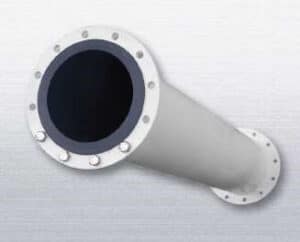
The applications that Chlorobutyl is recommended when UV resistance, chemical resistance, and temperatures up to 250°f are important. This is a great rubber for when anything needs to be air-tight.
Chlorobutyl is not recommended for applications when wear resistance is important, and when oils are present. Natural Rubber is a better wear-resistant rubber than chlorobutyl.
SBR Rubber
Styrene-Butadiene Rubber (SBR) is a synthetic black rubber with an approximate durometer of 55. SBR’s is good for tear resistance, abrasion resistance, flexibility, and rebound. The chemical properties on the other hand UV aging, ozone resistance, acid resistance, oil, gasoline, and hydrocarbons are all poor.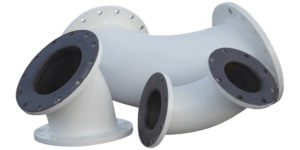
Applications that SBR would be good for are large particle sizes, sharp objects, wet applications, dry applications, and when temperatures range from -40°f to160°f. This rubber outperforms natural rubber when dealing with large sharp objects.
SBR is not recommended for oils and UV (sunlight aging) applications. This rubber has similar applications and properties as black gum rubber.
Urethane Alterative
Another alternative to lining mining equipment is to choose urethane. Urethane in general offers better strength, toughness, durability, and versatility than rubber. Polyurethanes can be easily altered chemically to fit specific needs.
Rubbers on the other hand are very strong, withstand more stress, can have less wear, are nonconductive, and most importantly more affordable.
When it comes to choosing the correct rubber or other lining material, Townley can help select the right material with our experienced customer service team. With over 50 years of experience solving wear issues in the mining, power, and dredging industries Townley can solve almost any wear problem. Reach out to us via contact form or call 1-800-342-9920.
